
Voiles d'Automne Regatta
Between 40 to 60 yachts participate, which despite the at times variable weather conditions, is always a success.

© SeeSaintTropez.com

© SeeSaintTropez.com
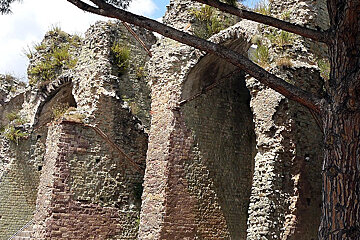
© SeeSaintTropez.com

© SeeSaintTropez.com
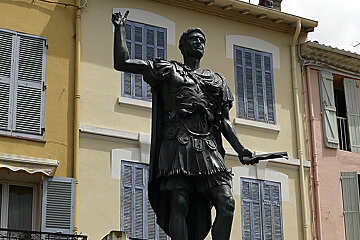
© SeeSaintTropez.com

© Office de Tourisme de Fréjus
A once coastal port town that is steeped in history
Fréjus was the first naval base in the Mediterranean for the Romans back in the first century BC, with ruins including an amphitheatre, theatre and aqueduct.
The harbour still has an ancient tower that enabled protection of the fleet and the town itself is filled with Roman ruins and artefacts. An impressive 10,000 seater amphitheatre still hosts events in the 21st century - bullfighting and theatre are amongst the spectacles that are featured. Roman walls, baths, gates and an aqueduct can also be explored by visitors. A fine Roman theatre hosts concerts during the summer.
Arts and culture are further represented in the town with plenty of decent shops and galleries.
The port offers all things nautical from windsurfing to Scuba diving, and there are several beaches along the seven mile coastline.
With numerous festivals and events taking place in this small town there will always be some spectacle to hold your interest or to be the reason for a visit to this charming port town.
Perhaps one of the better known events in the area is the Bravades de Fréjus. This takes place each year on the third weekend after Easter and is a feast day in honour of Saint Francois de Paule.

Between 40 to 60 yachts participate, which despite the at times variable weather conditions, is always a success.

The Fête de la Musique is a celebration that takes place every summer solstice on 21 June in cities, towns and villages across France.
The history of this medieval city is very similar to that of Provence.
It was destroyed many times in spite of the presence of the Roman Legions. After the Roman emperor, Julius Cesar gave the port its prosperity it went on to become one of the most important ports in the Mediterranean, however the decay of Rome led to similar decay of the great Roman cities, including Fréjus.
Between the 7th and 9th centuries, Muslim invaders repeatedly raided the city leaving many monuments in ruins, whilst the sea was encroaching more and more on the land thereby eroding the coastline. By the 10th century there was very little left of the colony, and sea-borne silt clogged up the port and led to the formation of a huge swampy plain, which then separated the village from the sea.
In more recent times, Napoleon Bonaparte landed at Frejus on October 9, 1799, returning from Egypt in order to ostensibly defend the French Directory in Paris. During the First World War Fréjus became the main centre for hivernage (wintering) for the Senegalese Tirailleurs, (French Army infantry who were recruited from Senegal).
The baptistery of Fréjus Cathedral was built in the 5th century, making it the oldest in the Provence region and one of the oldest in France. The cathedral square itself is a great place to sit, relax and watch the world go by, plus you can enjoy the markets here on a Saturday.
The Archaeology Museum is a good starting point to discover the Roman heritage in the area. They will be able to provide you with details of the main sites to visit, although a walk around town should reveal them all.
As well as the numerous Roman ruins to explore, it's also worth taking a hike up to the ruins of the Malpasset dam.

Established in 1971, the Zoological Park Frejus is located in a typical Mediterranean natural landscape and enjoys the mild climate of the Riviera.

Situated right next to the cloisters of the Cathedral in Fréjus, the museum houses some great examples of Roman artefacts from the ongoing excavations in the city.
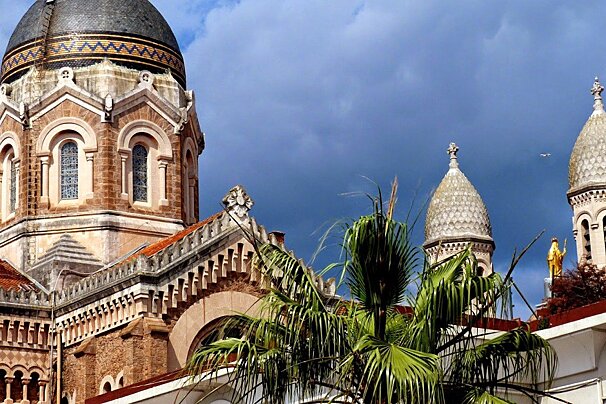
This beautiful church was built as part of the plans by Mayor Felix Martin to "transform" St Raphael into a more attractive town for people to live in and tourist resort. Abbot Bernard commissioned the project to architect Pierre Aublé.

Les Calanques de l'Esterel are rocky inlets and coves that expand from Saint-Raphael to Mandelieu-la-Napoule and drop steeply into the limpid waters of the Mediterranean.
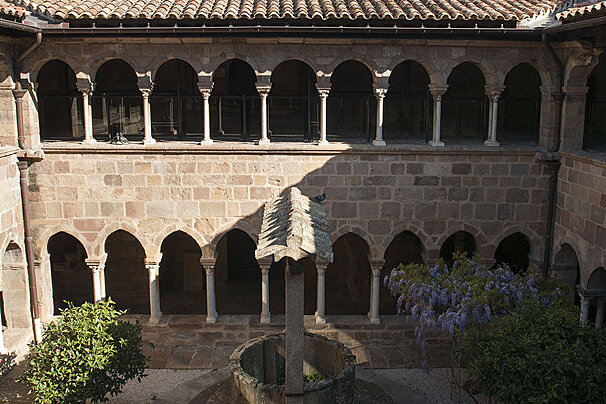
Dating back to the 5th century when the baptistery was built makes it the oldest in the Provence region and one of the oldest in France. At this ancient, Merovingian style baptistery you can still see a 5th century baptismal basin for full immersion, as well as Roman columns.
Fréjus is situated next to the coast, so it has its own beach which leads to the popular coastal resort of San-Raphaël. Scuba diving and windsurfing are just two of the many watersports on offer, and there are miles of wide sandy beaches and calm waters for the family to enjoy.

Plage de la Ponche and its neighbour Plage de la Fontanette are two lovely beaches which you can access directly from the heart of the village.

Located north of the infamous stretch known as Pampelonne beach and about 7km from the town of Saint-Tropez, Plage des Salins is a little slice of wilderness.

Plage des Graniers is a beautiful, small sandy bay surrounded by greenery and a few Provençal villas.
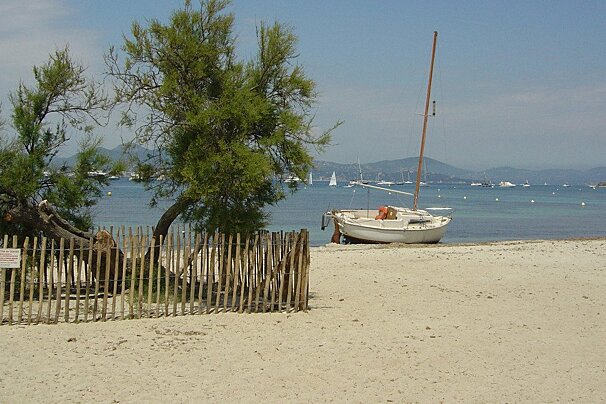
This beach is situated around the coastline from Plage des Graniers, and sits close to the main road of Route des Salins, so access from St-Tropez town is fairly easy.
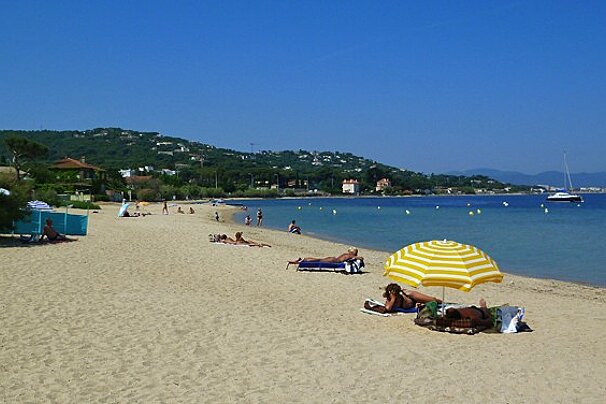
La Bouillabaisse is a more low-key option to the swanky beach clubs on Pampelonne beach and is situated closer to the town of Saint Tropez.

Pampelonne Beach is the beach most people associate with Saint-Tropez. This is where you will find the A-listers, the famous beach clubs, and the super yachts resting in the bay.
The park of the ancient Roman aqueduct is a wonderful place for walking, picnicking and bike riding.
There is also a safari park near the city (Parc Zoologique de Frejus), and for family entertainment you can also visit the water park Aqualand Frejus, the biggest waterpark along the Riviera.
It's worth taking the 7km hike up to the ruins of the Malpasset dam, which broke in the floods of 1959, killing more than 400 people in Fréjus. For longer hikes, both the Esterel Mountains and the Maures range have wonderful hikes (including the GR51), but they are not easily acccessed from Fréjus town by foot as the area is very built up.
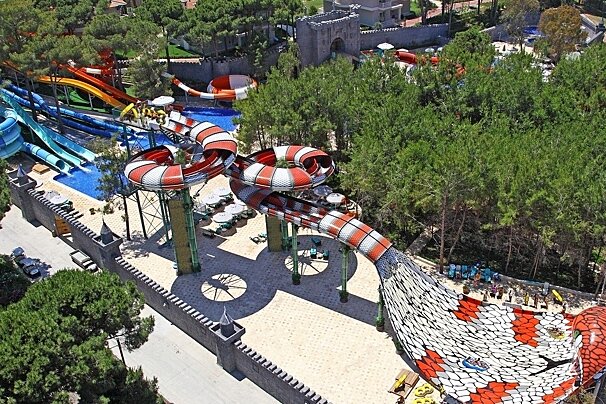
With numerous slides, including the King Cobra - unique is western Europe - this is the largest waterpark on the Cote d'Azur! Inludes a rest area, show area, clockroom, fast food, grill and pizzeria, ice creams, drinks, and shop.
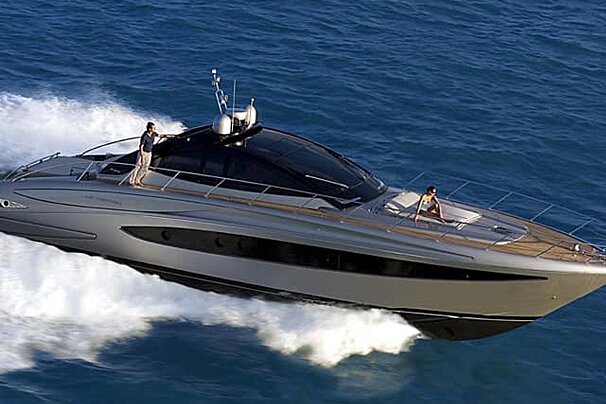
Take a trip onboard this luxury yacht along the Riviera to any destination of your choosing.

Great tennis facilities in a superb setting and with the added bonus of being joined to a prestigious golf club.

Established in 1971, the Zoological Park Frejus is located in a typical Mediterranean natural landscape and enjoys the mild climate of the Riviera.

Sea fishing trip on a boat with a professional guide. Introduction to the techniques of fishing in the mediterranean sea in a friendly and enthusiastic atmosphere.
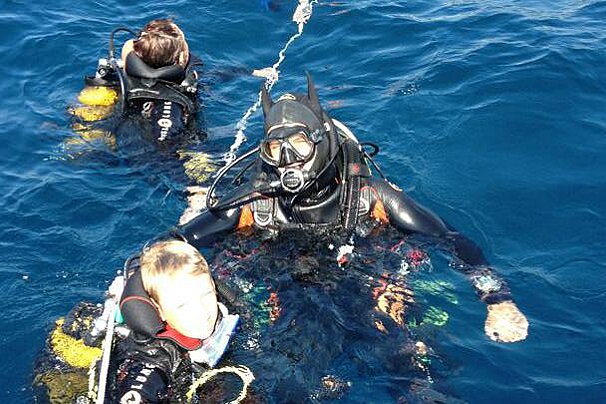
Discover more than 30 dive sites with the help of this diving school, located on the Port Santa Lucia in St Raphael.

This intermediate cycle offers a wonderful contrast of colours as you pass the reds and ochres of the Esterel rock on one side and rippling azur waters of the Mediterranean coastline on the other. A local favourite, you won't be the only one on the road if you ride during the summer or on weekends.
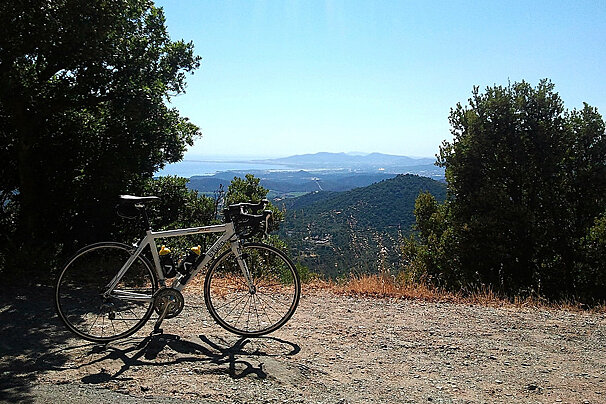
This loop starts at Cogolin and ends in Saint Tropez, taking in 11th century castles, villages, vineyards and beaches along the way. there are several cols to cross so try not to do this in the heat of the day!

Discover the wild side of St Tropez with this walk around its peninsula. This path leads you through rugged coastline and across beaches of fine white sand and takes you to places that would otherwise be accessible only by boat.
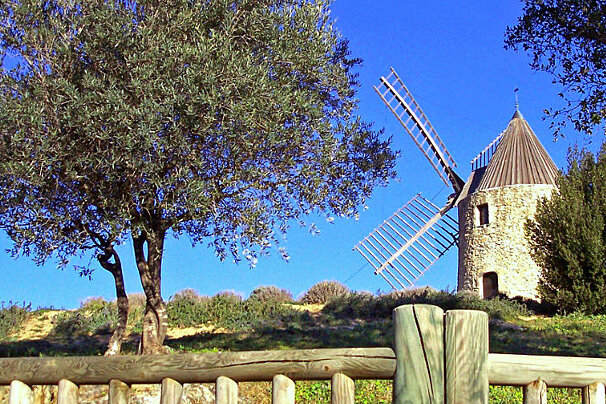
Since the 17th century the 3 watermills provided flour to the people of the region. Discover this charming valley bordered by olive trees.
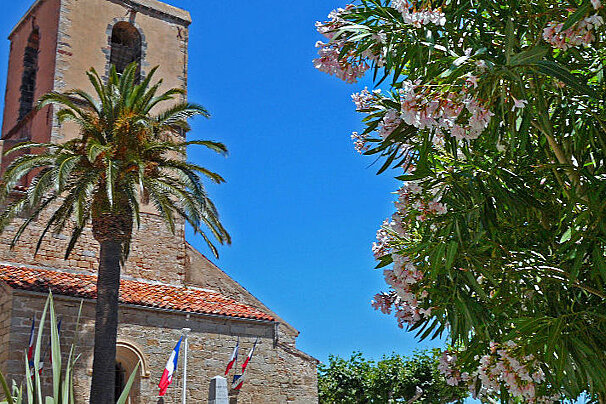
This historical circuit takes in many of Grimaud's historical buildings, many of which are tucked away and nestled within the old narrow streets of the village.

Enjoy magnificent views of Grimaud and the surrounding hills on this short walk.
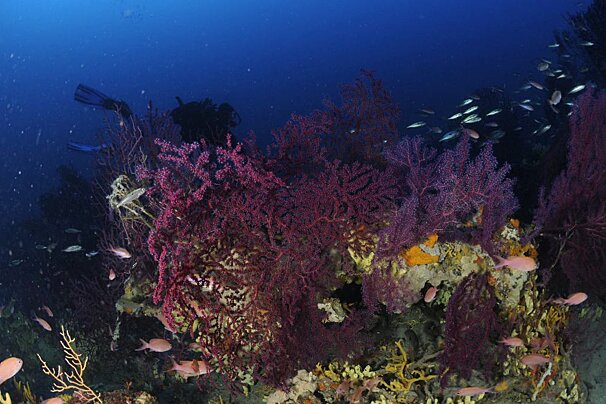
Since 1994, the team at this diving school have been located in Saint Raphael in the Var department.

Discover more than 30 dive sites with the help of this diving school, located on the Port Santa Lucia in St Raphael.
Accommodation is not a problem in Fréjus, there is a good selection of budget hotels, mainly aimed at the business traveller. There is also an abundance of French Riviera style campsites close by.
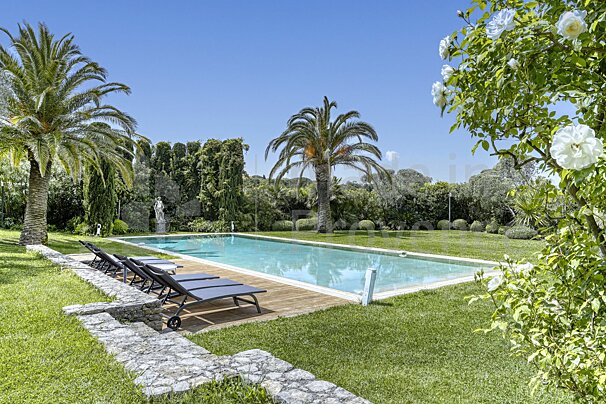
Villa with an outstanding location near the prestigious village of Saint-Tropez and the renowned beaches of Pampelonne.
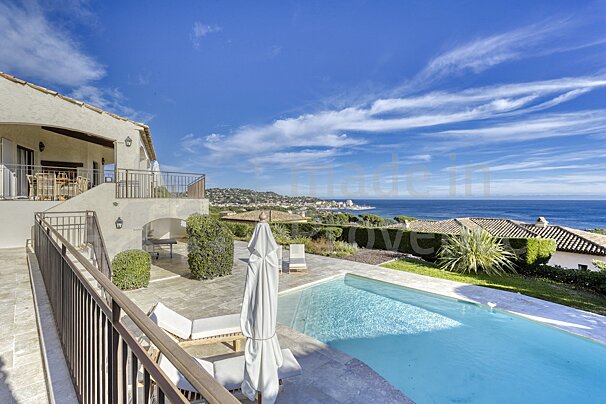
Come and discover this magnificent villa near Saint Tropez, with a panoramic view over the entire Gulf.

Waterfront vacation home for rent - Villa Malou

Villa Tropézienne, aptly named, located in the heights of Capon, in Saint-Tropez, close to the village and the beaches, it will be for you the opportunity to evolve in a typical Provencal style house, warm and welcoming.
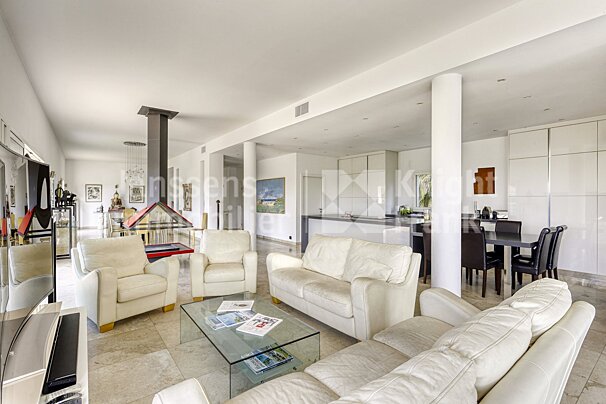
Contemporary villa with swimming pool and double view of the sea and the hill, located in Les Issambres not far from the Gulf of Saint Tropez.

Splendid villa with sea view in Sainte-Maxime
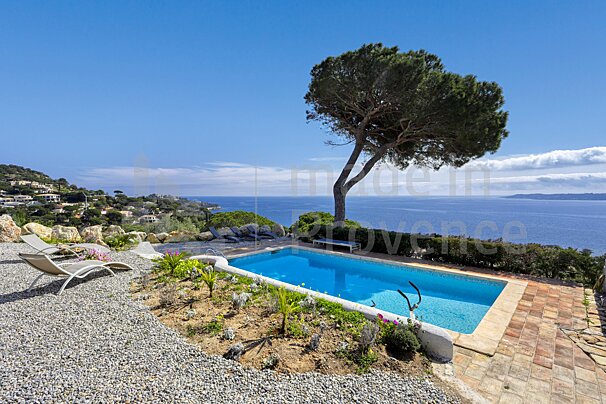
In a sumptuous environment, this exceptional property located in Sainte-Maxime enjoys a breathtaking panoramic view of the Gulf of Saint-Tropez.

Waterfront vacation home for rent - Villa Malou

Villa with an outstanding location near the prestigious village of Saint-Tropez and the renowned beaches of Pampelonne.

Villa Tropézienne, aptly named, located in the heights of Capon, in Saint-Tropez, close to the village and the beaches, it will be for you the opportunity to evolve in a typical Provencal style house, warm and welcoming.

The Villa Tropez, a 5-star rated property, spans an area of 775 m² and is situated on a 13,000 m² estate in Saint-Tropez.
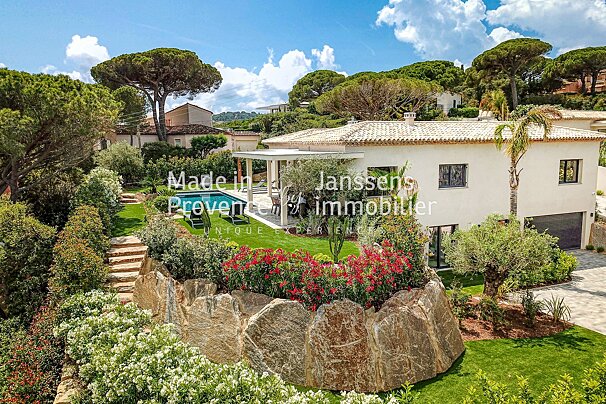
Seasonal rental villa with swimming pool - Villa Chaza

This charming and elegant Provencal style hotel offers a rare moment of intimacy in Saint Tropez, enjoy the quiet yet close to the city-centre.
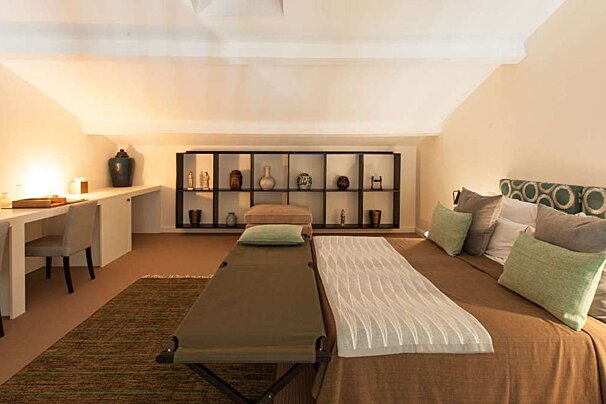
Hidden amongst the narrow streets of the old village, this discrete hotel is right at the foot of the Citadel and only 2 minutes from the Port and La Ponche beach.

This hotel recreates the luxury of a 20th-century villa with sparse design and romantic minimalism.
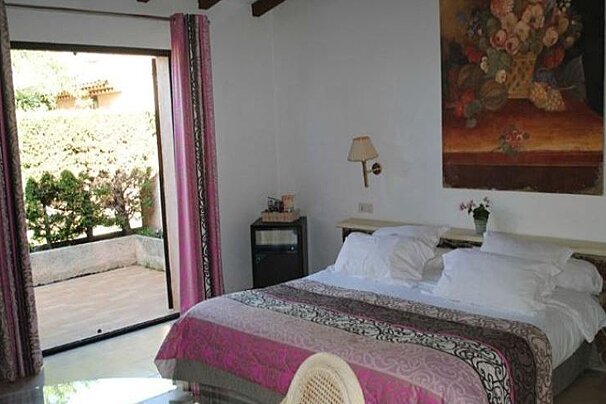
Minutes from the Pamplonne beaches and the centre of Saint Tropez, discover a charming Provencal farmhouse and its stunning pools and sea views.
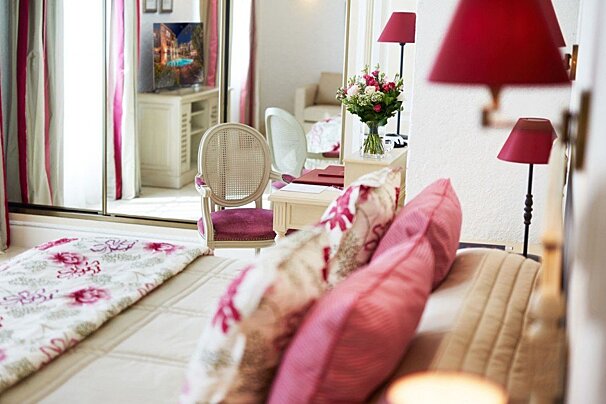
This luxury hotel is situated between the Citadel and the Place des Lices and embodies the relaxed yet sophisticated lifestyle of St Tropez and the Cote d'Azur.

Opened in 2017, this hotel was completely transformed with a team comprising some of the best designers, architects and landscapers, as well as world-famous chefs and mixologists.
Often associated with St Raphaël, both towns are located in the east of the Var department of Provence.
If travelling by air the closest airport is Nice Côte d'Azur International, around 45 minutes away. Other smaller airports near by include, Cannes and Saint Tropez. Travelling by car along the A8 motorway, you can take the 'Fréjus & Saint Raphaël' exit and follow signs to the town centre.

From Nice airport to Saint-Tropez, they handle the rest. The Côte d’Azur's most trusted private transfers.

For more than 10 years, Millenium Transport has been the leading firm in terms of top-of-the-range transports with driver and provides a high quality of service in order to satisfy the needs and expectations of international clients who make the French Riviera so famous.
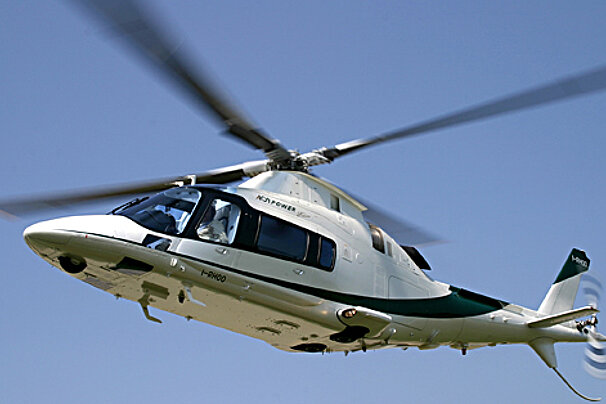
With an International fleet of jets and helicopters based across Europe it is quick and easy to get a private charter flight for business, pleasure or an airport transfer.

Acarre Limousine offers transfers from the airport, train station and other taxi services whether it is from the beach or to a nightclub.
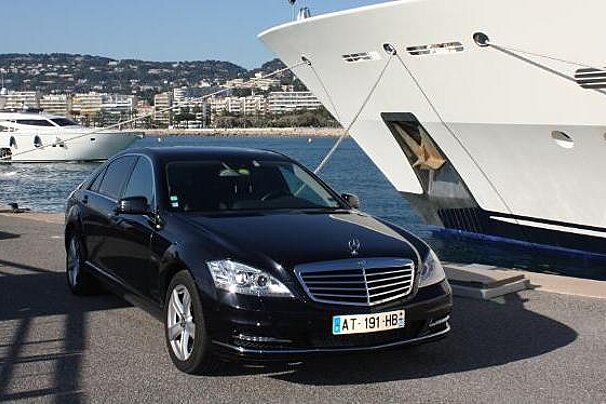
Chabe Transfers are a renowned luxury transfer and taxi service operating in the French Riviera.
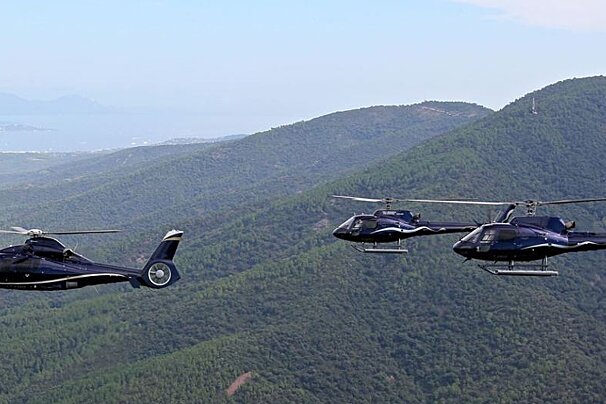
Heli Securite offer transfers on a helicopter from the airport to your yacht or various destinations in and around the Cannes area, St Tropez and Monaco. In addition to this they also service all of the main French ski resorts from their base in Courchevel.
Find out all about what is happening in Saint-Tropez and how to make the most of your time here. The latest news, reviews of fun activities, fabulous beaches, current events and the trendiest restaurants, as well as interviews with leading locals, insider's guides and our top choices for things to do, see and experience in this glamorous Riviera town.
See allLatest News & ReviewsSaint-Tropez is well-known for its annual sailing regattas, including the Rolex Cup and the Voiles de Saint-Tropez. There are also some more traditional festivals that you can attend such as the Bravades. Musical events are mainly focused on classical and jazz music and the very popular Place des Lices market takes place every week.
See allUpcoming Events